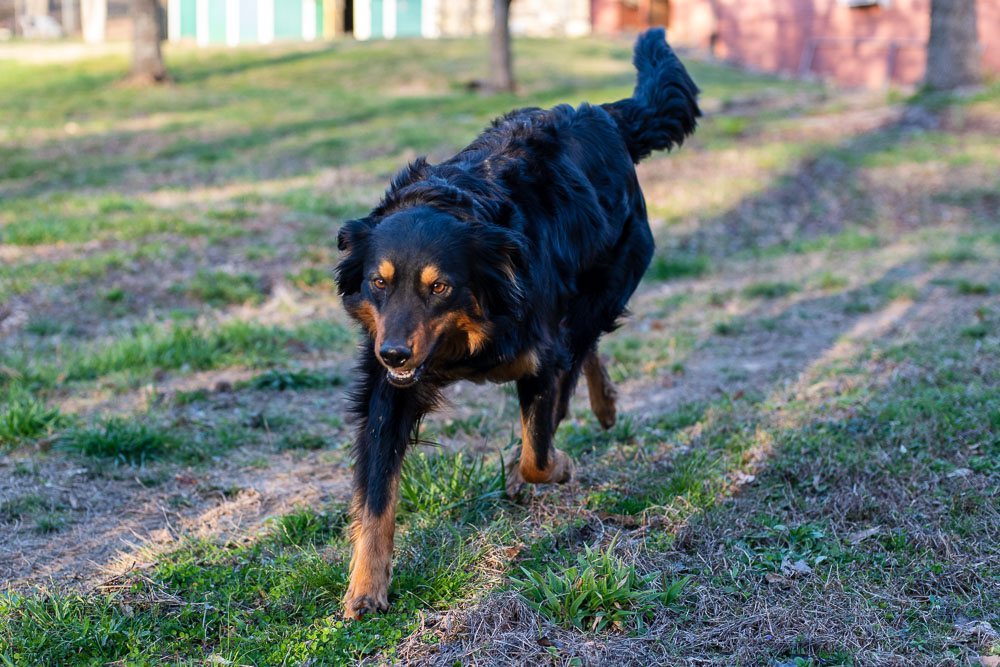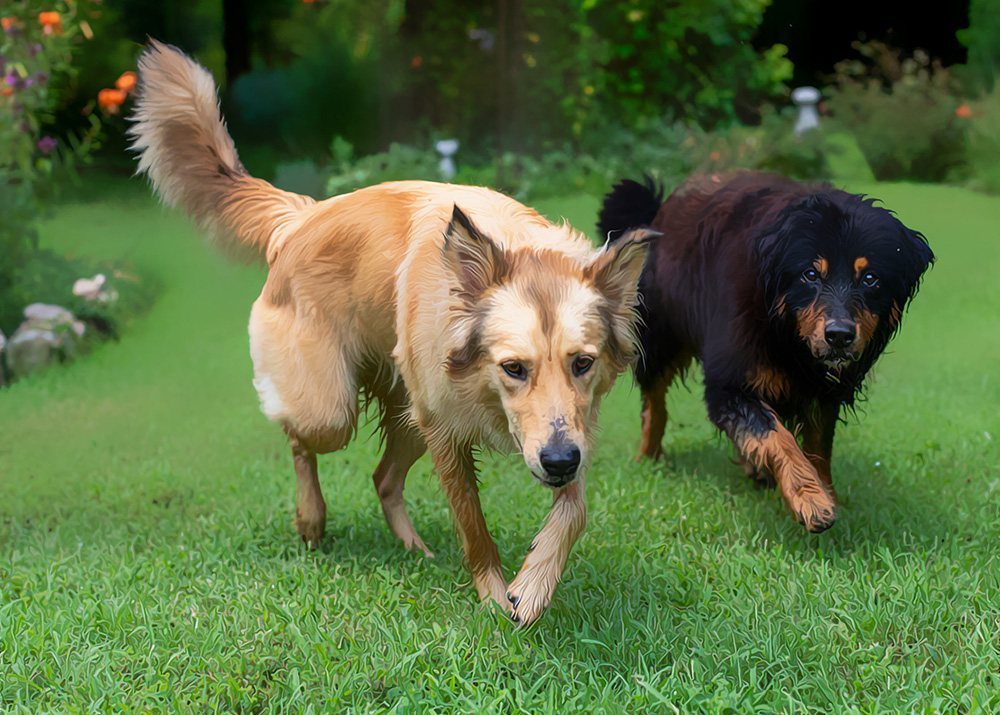English Shepherds and Haplotype-based Phylogenetic Classification
Haplotype-based Phylogenetic Classification is an approach to studying the evolutionary relationships among organisms by analyzing the genetic variation in their haplotypes. Haplotypes are sets of closely linked genetic markers, typically single nucleotide polymorphisms (SNPs), found on a single chromosome. They are inherited together and can provide valuable information about an organism’s ancestry, population structure, … Read more









